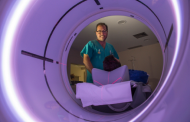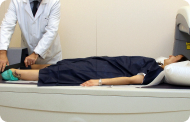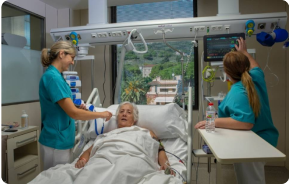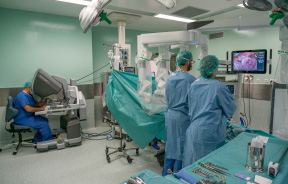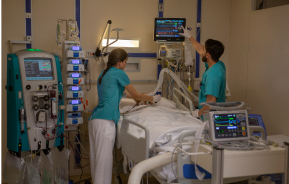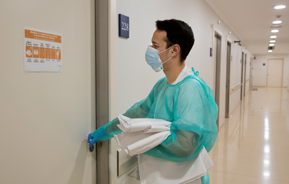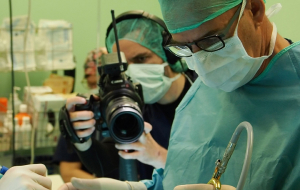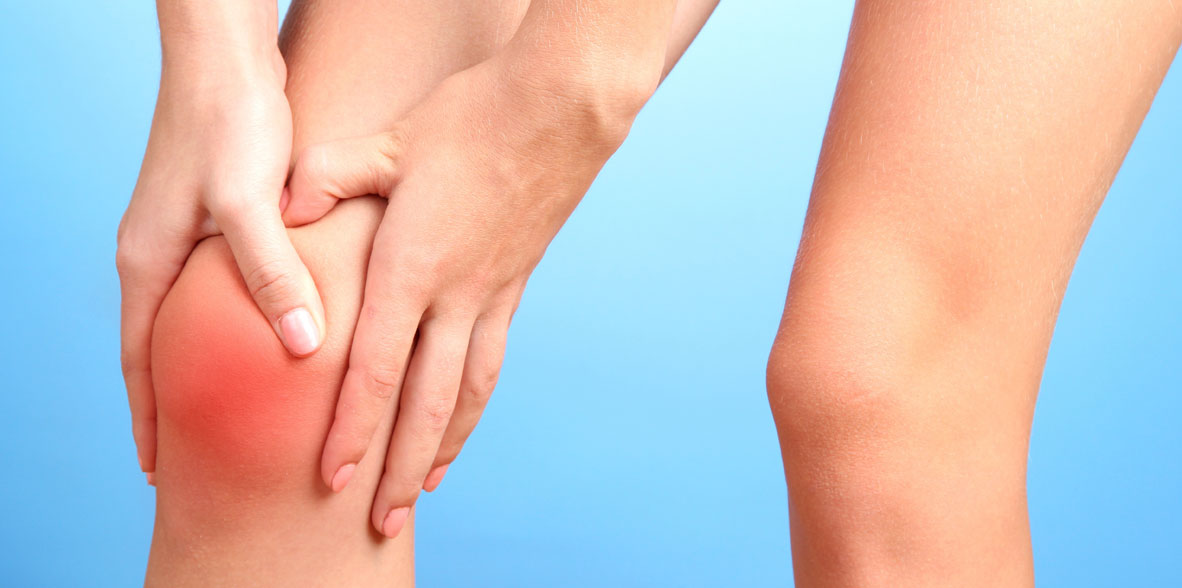

- ReumatologíaCentro Médico Teknon
 ReumatologíaHospital Universitari Sagrat Cor - Centro Médico Teknon
ReumatologíaHospital Universitari Sagrat Cor - Centro Médico Teknon
Joint hypermobility syndrome (JHS) is a condition in which the joints of the body are more flexible than normal due to excessive ligamentous laxity. This can cause joint pain, fatigue, and dysfunction, and can increase the risk of injury and long-term health problems.
The diagnosis of JHS is based on the physician's clinical evaluation and the presence of certain established diagnostic criteria. These criteria include the presence of significant joint hypermobility, the absence of other diseases that can cause ligamentous laxity, and the presence of symptoms such as joint pain or fatigue.
JHS treatment focuses on relieving symptoms and improving joint function. This may include general measures such as regular physical exercise and physiotherapy to strengthen muscles and improve joint stability. In addition, pain relievers and anti-inflammatories can be used to control pain and inflammation.




